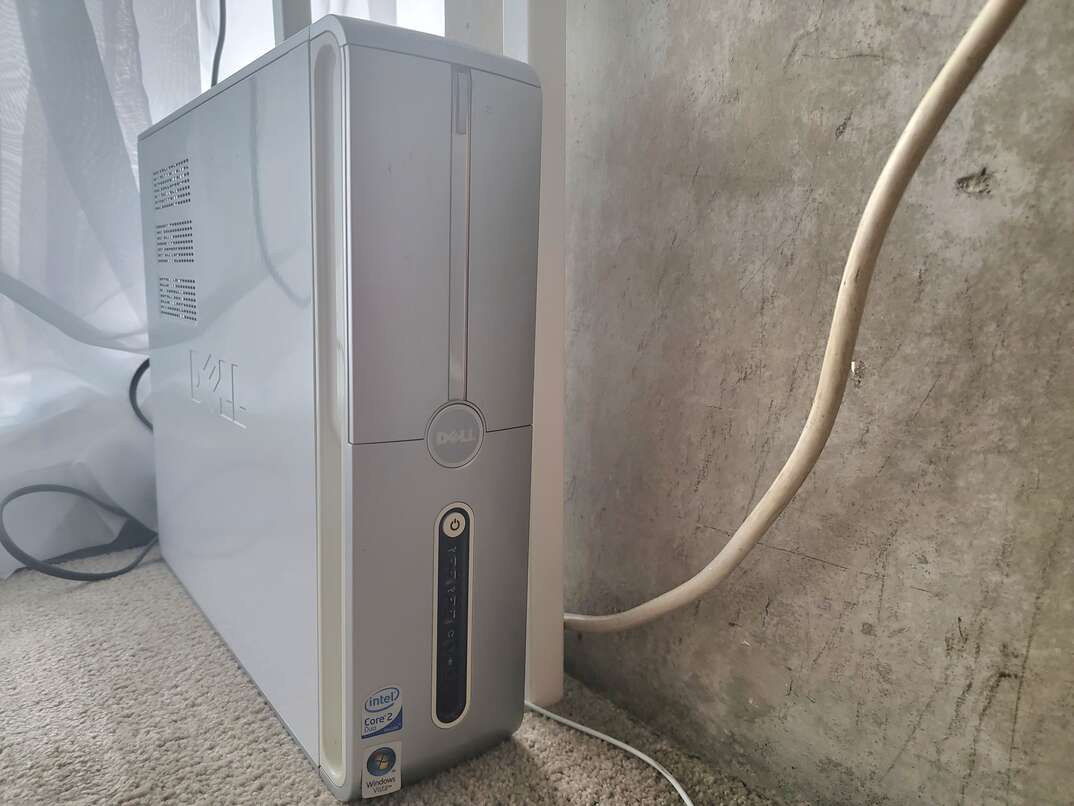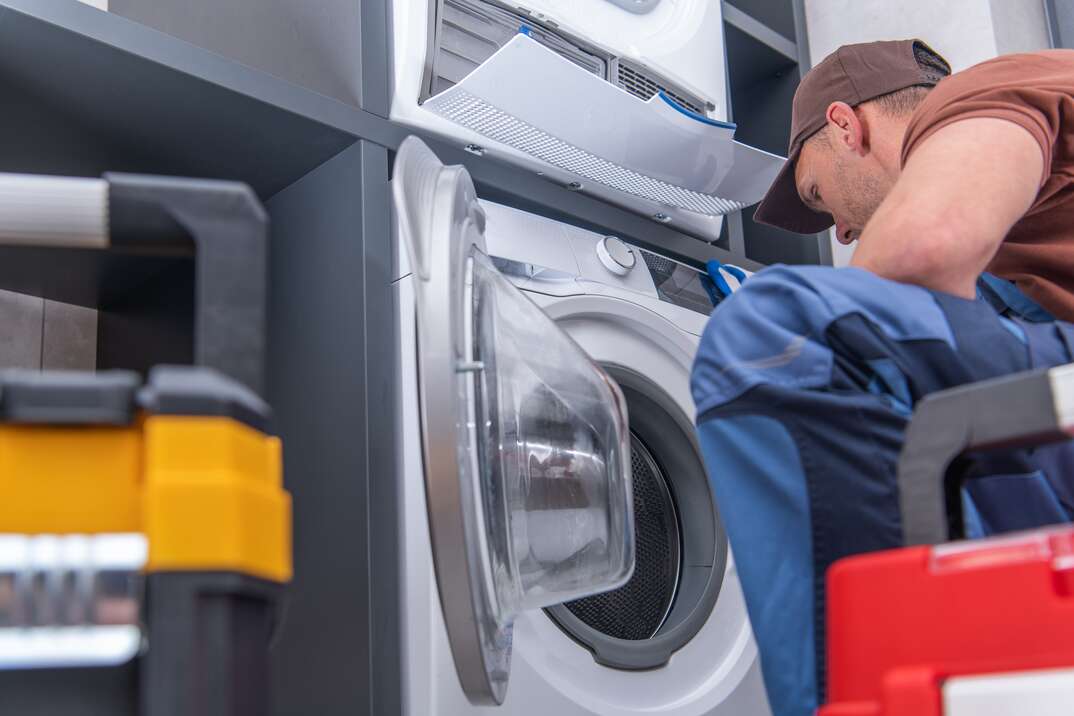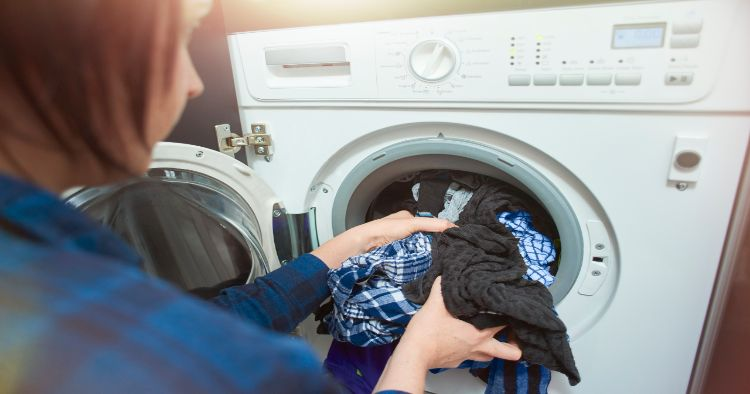How to Install a Plumbed or Built-in Coffee Maker

Installing a Built-in Coffee Maker at a Glance
- Step 1: Find location
- Step 2: Add power
- Step 3: Add water line
- Step 4: Install coffee machine
- Step 5: Test it
A plumbed coffee maker is a convenient gadget that can make every morning run more smoothly. While there are many types of coffee makers out there, these are some of the best in terms of convenience. You don’t have to fill up the coffee maker with water every batch, nor do you need to worry about its durability. Yet, there are some drawbacks to these unique coffee machines.
While you can technically turn any coffee maker into a plumbed coffee maker, sometimes it’s better just to buy and install one that’s already constructed for that purpose. Here’s a complete guide on everything you need to know about built-in coffee makers, including how to install one.
Advantages of Built-In Coffee Makers
One of the most significant advantages of plumbed coffee makers is their convenience. You don’t need to worry about consistently filling it up with water, so it’s quite the timesaver in the morning. But that’s not the only convenience they offer.
A lot of built-in coffee makers have remote programming options and connect to Wi-Fi. You can essentially program it so that your coffee is ready exactly when you want it to be. For those that like to rush in the morning, it can be a huge timesaver.
Most plumbed-in coffee makers are built for offices or other large operations, so they’re built to handle lots of coffee making for people. Nick Derkowski, owner of TrailHead Coffee, said putting one in a house where it only gets used by a few people can ensure it lasts for a very long time.
Disadvantages of Built-In Coffee Makers
One significant disadvantage of built-in coffee makers is the cost. Most plumbed coffee makers are marketed towards businesses, meaning they can be pretty expensive.
Another drawback revolves around the maintenance of these machines. Nunzio Ross, founder of Majesty Coffee, said you need to have adequate knowledge of plumbing to deal with possible leaks. You also have to keep the coffee maker close to the water source. It can’t be moved around freely in the kitchen since that would require plumbing work.
Plumbed coffee makers can also occupy large spaces, which can be quite a drawback. They need more room, and they need to be close to the water lines.
Steps to Install a Built-in Coffee Maker
Step 1: Find A Place to Put It
You’ll need to find a suitable place for the coffee maker, like where a built-in microwave would go. You’ll need to wire things up and use a water line, so it’s best if the space is already built for that.
Step 2: Add Power to Its Location
If you have experience hooking up a dishwasher or water line for a fridge, the installation is straightforward. Even if you don’t, the skills are easy to learn.
If you’re installing a built-in coffee machine in a space made for this kind of installation, there should hopefully be a wall socket back there for a microwave or other appliances. The majority of plumbed-in coffee makers use a three-pronged plug — unlike a dishwasher where you wire it directly into the wall. If you’re making a new shelf or cabinet space for it, some wiring will probably need to be done behind the drywall.
This will require a little more in-depth knowledge. If you're uncomfortable dealing with any electrical components, it’s best to hire an expert. Otherwise, you'll want to head to the local hardware store and pick up 12-gauge wire, an outlet, drywall saw and an old work outlet box to add a wall socket.
Step 3: Add the Water Line
Now that the power is installed, you'll have to run a water line. These can be easily hooked up with a splitter from your sink's water line — or to your fridge if it’s closer.
Derkowski said you can use a brass piece like this one and attach it to the copper pipe that delivers water to the sink. Instead of having a single outlet to the sink, add this brass piece to split the pipe in two ways to deliver water to the coffee maker. This may require drilling holes in the back of the cabinet where the plumbed coffee maker is located, so make sure you have a spade drill tip.
Step 4: Install the Coffee Machine
Ideally, water and electricity were already put in. If not, they are now. Installing the actual coffee machine is relatively simple at this point. All you need to do is drill in the brackets that come with the machine. Then, just hook up the water and power to it. After that, place the machine onto the brackets.
Step 5: Test It
Once everything is in place, it’s time for the fun part. Do a quick test to ensure it works, in case things might not have been installed correctly. Once you confirm that it turns on and water is delivered, make yourself a delicious cup of coffee.
Can You Make a Regular Coffee Maker a Plumbed One?
There are specific coffee machines that are already constructed to be plumbed in. You can make changes to regular machines to allow them to be plumbed in, but this isn’t exactly the easiest project. If you want to do this for a regular coffee maker, you’ll need a water line plumbing kit. As long as you have a water line kit, you can connect any coffee maker directly to your water lines.
A water line plumbing kit contains the essential tools for home plumbing repairs and fixture adjustments. Ross said you can plumb your coffee maker to any water source, including refrigerators with ice makers, reverse osmosis systems under the sink and other water filtration systems.
Derkowski said that while plumbing kits are nice, sometimes you can pay less by getting the single parts yourself. The benefit of buying the parts outside of a kit is that you might need a longer line of 8 to 10 feet. The lines that come in these plumbing kits tend to be 6-foot hoses.
If you’re not looking to turn a typical counter coffee maker into a plumbed coffee maker, Derkowski said Bosch makes a plumbed-in coffee machine, along with Miele. Both brands are respectable names in kitchen appliances.


